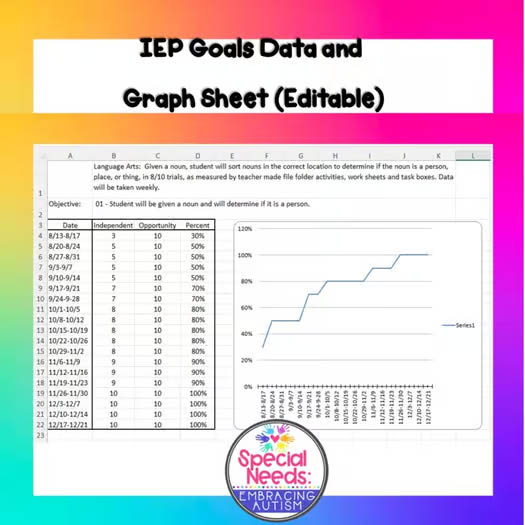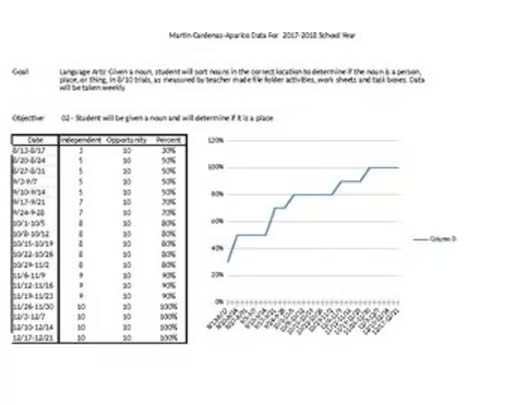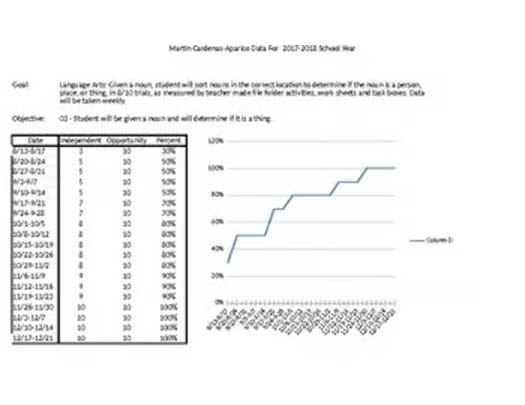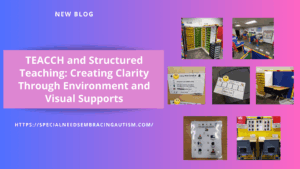In special education, every decision we make should be guided by one core principle: data drives instruction. Whether you’re supporting a student with communication challenges, building social skills, teaching functional academics, or working on independence, taking consistent, accurate data on IEP goals is one of the most powerful tools you have to ensure student success.

Why Data Collection Matters
Individualized Education Programs (IEPs) are the foundation of special education services. They outline each student’s unique goals, accommodations, and supports — but the plan is only as effective as the progress we can measure.
Here’s why consistent data collection is so critical:
- It ensures accountability. Data provides clear evidence that you’re implementing IEP goals and tracking student progress — an essential part of compliance and professional practice.
- It informs instruction. Data tells you what’s working and what’s not. Are your teaching strategies helping the student progress? Do you need to try a different approach? The numbers will guide your next steps.
- It shows growth over time. Many students make small, incremental progress that might go unnoticed without regular data. Over time, this information paints a powerful picture of their achievements.
- It strengthens communication with families and teams. Concrete data makes IEP meetings more meaningful. Instead of subjective observations, you can show exactly how a student is progressing toward their goals.

Making Data Collection Doable
One of the biggest challenges teachers face is finding a system that makes data collection easy and efficient — especially when juggling multiple students, each with their own unique goals. That’s why having a well-organized, ready-to-use data sheet is a game-changer.
With a structured form, you can quickly record information such as:
- Date and context of the observation
- Level of prompting provided
- Percentage of correct responses
- Notes on strategies used
When all this information is in one place, it becomes simple to spot trends, plan instruction, and prepare for progress reports without the last-minute scramble.

Turn Data Into Actionable Insights
Collecting data is only the first step — the real power comes from using that data to make informed decisions. By reviewing progress regularly, you can tailor instruction to meet student needs, adjust supports, and celebrate achievements along the way.
Make Data Collection Simple With This Tool
To help make this process easier for educators, I created a ready-to-use IEP Goals Data and Graph Sheet that keeps everything organized and efficient. It’s editable, so you can customize it for each student and each goal. Plus, the built-in graphing feature helps you visually track progress — perfect for meetings, documentation, and classroom planning.
👉 You can grab a copy of the editable data and graph sheet here: IEP Goals Data and Graph Sheet »
📊 Bottom line: Data collection isn’t just paperwork — it’s one of the most powerful tools we have to support meaningful progress for our students. When we track growth intentionally and consistently, we can make confident instructional decisions, celebrate success, and ensure every student is moving closer to their IEP goals.



No Comments